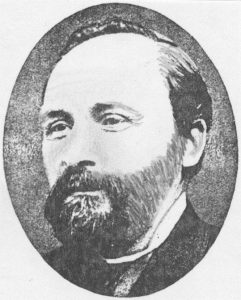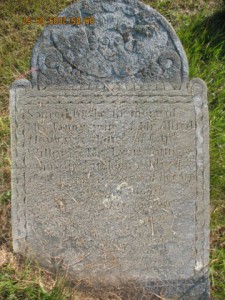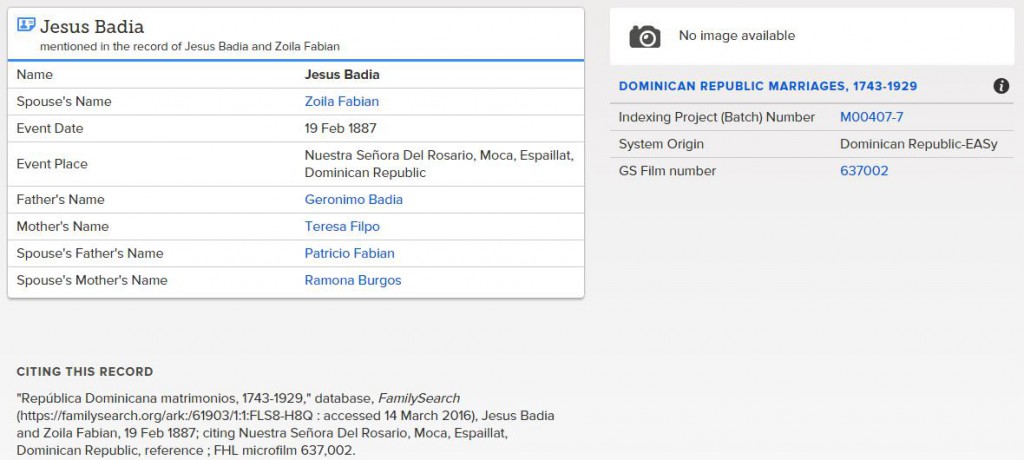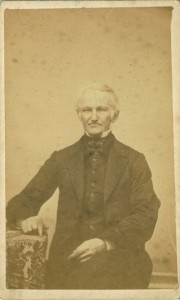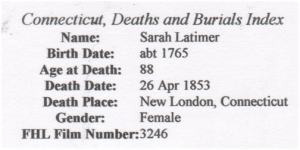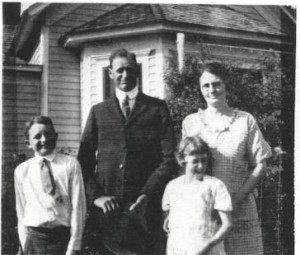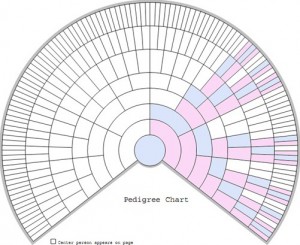[Editor’s note: This blog post originally appeared in Vita Brevis on 1 April 2015.]
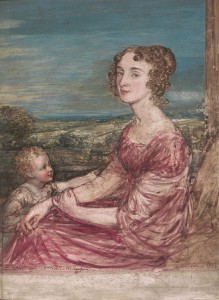
News of King Richard III’s reburial last week was interesting, especially the stories regarding descendants of the King’s sister, who each placed a white rose (the House of York’s emblem) on his coffin. These four living relatives (Canadian siblings Michael, Jeff, and Leslie Ibsen, and Australian-born Wendy Duldig) have been called Richard’s “closest descendants” in various news articles. Let’s examine this claim.
Millions of living people—including both the Queen and the Duchess of Cambridge—share about this same degree of kinship to Richard III: descent from one of his siblings. (The Queen and Kate both descend from Richard’s brother Edward IV.) The Ibsens and Wendy share matrilineal (all-female) descent from Richard’s sister Anne of York (d. 1476). Continue reading ICYMI: King Richard III’s Matrilineal Kin
